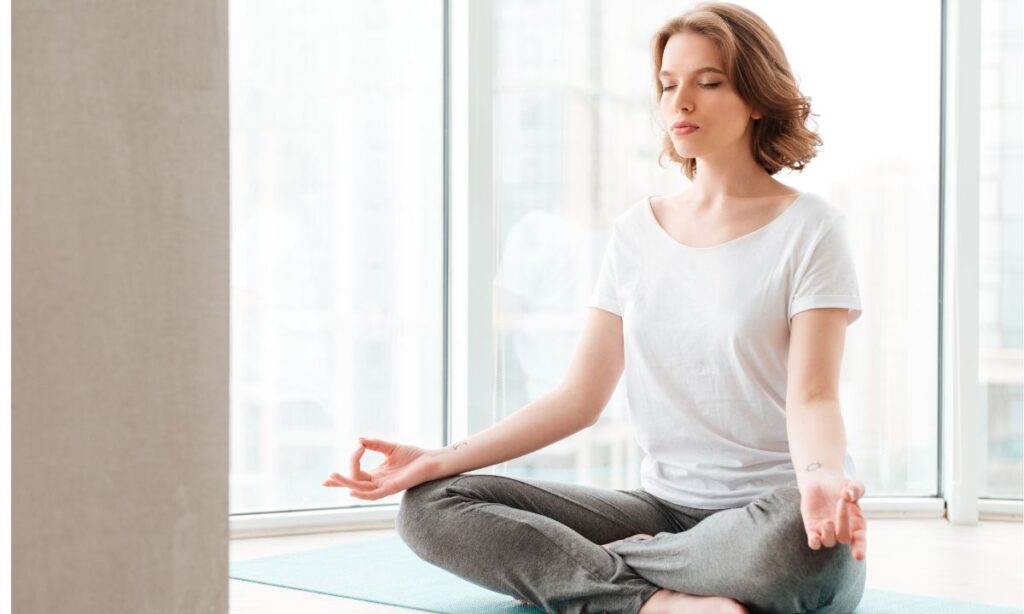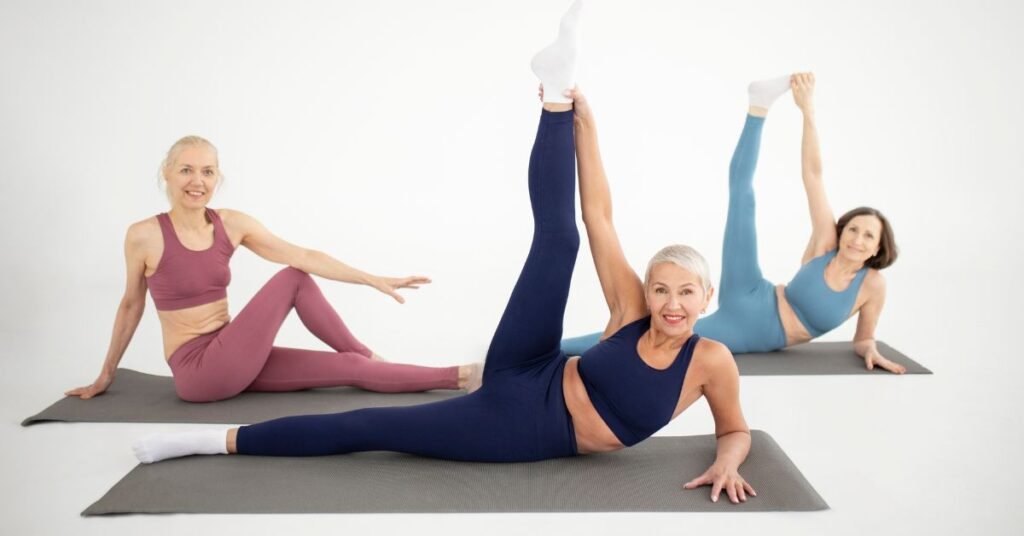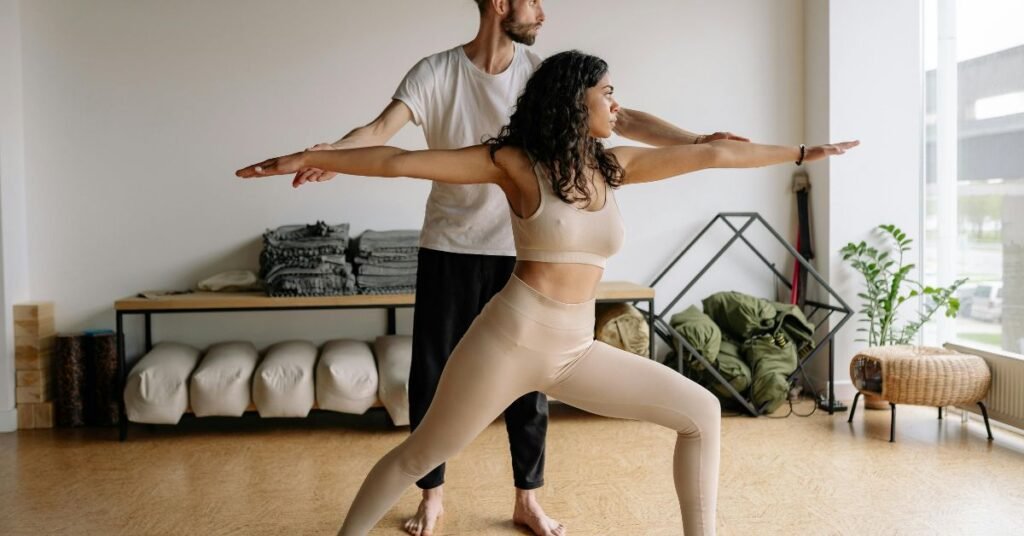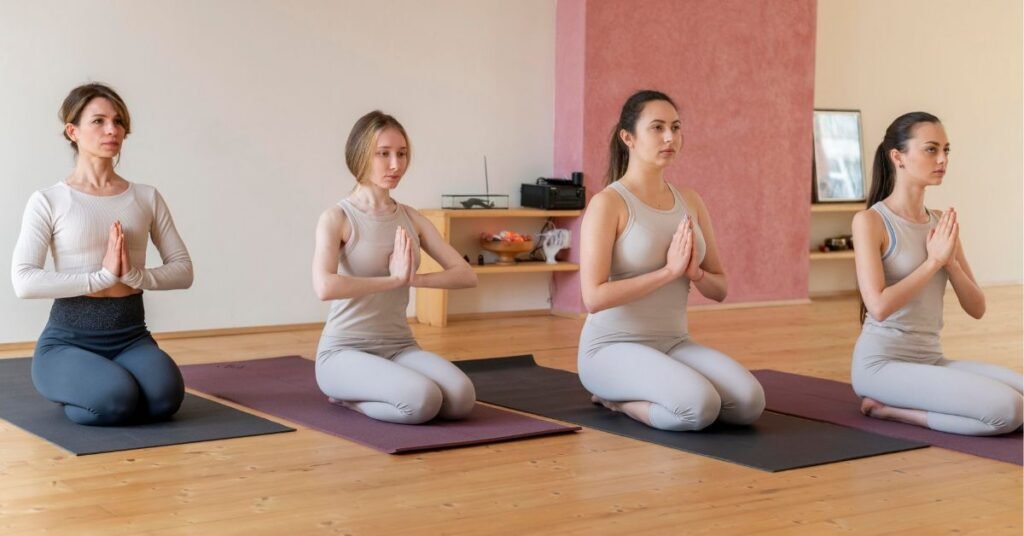Introduction: My Journey from Anxiety to Inner Peace
If you’re struggling with anxiety and depression, I want you to know that you’re not alone. I’ve been there. I know what it’s like to wake up with a racing heart, to feel overwhelmed by thoughts you can’t control, and to struggle through days that feel heavier than they should.
But what if I told you that yoga changed everything for me?
Yes, I tried therapy. Yes, I tried medication. But yoga? That was the real game-changer. It didn’t happen overnight, but over time, yoga helped me calm my mind, ease my anxious thoughts, and even find joy in the little things again.
In this post, I’ll share my journey of how I cured my anxiety with yoga, break down the science behind why it works, and guide you on how you can use yoga to manage anxiety and depression, too.
What is Anxiety, and How Does it Affect Your Mind and Body?
Before we dive into yoga, let’s quickly understand what anxiety is. Anxiety isn’t just about worrying too much—it’s a full-body experience.
Symptoms of Anxiety:
- Racing thoughts
- Increased heart rate
- Shortness of breath
- Feeling restless or tense
- Sleep disturbances
- Digestive issues (because, fun fact, your gut and brain are BFFs)
Anxiety is your body’s way of saying, “Hey, something feels off!” It’s your nervous system in overdrive. And when it goes unchecked, it can lead to depression, burnout, and even physical health problems.
So how does yoga help? Let’s talk about it.
How Yoga Works to Reduce Anxiety and Depression
Yoga isn’t just about stretching or fancy poses. It’s a practice that combines movement, breathwork, and mindfulness—all of which are powerful tools for calming the nervous system.
The Science Behind Yoga and Mental Health
- Yoga Activates the Parasympathetic Nervous System
- Your body has two major nervous system modes: “fight-or-flight” (stress mode) and “rest-and-digest” (calm mode).
- Yoga helps shift your body from stress to calm, reducing anxiety symptoms.
- It Lowers Cortisol (The Stress Hormone)
- Studies show that yoga helps lower cortisol levels, making you feel more relaxed and balanced.
- It Improves Mindfulness and Awareness
- Anxiety often stems from worrying about the future. Yoga trains your mind to focus on the present moment.
- It Enhances Sleep Quality
- If anxiety keeps you up at night, yoga can help by calming the mind and relaxing the body before bed.
- It Releases “Feel-Good” Chemicals
- Yoga boosts serotonin and dopamine—the same chemicals that antidepressants target.
Now that you know why yoga works, let’s get into how you can use it to heal your mind.
Readmore: How Yoga Boosts Immunity: A Scientific Perspective & Poses
Readmore: Yoga for Stress Relief: (Plus Tips to Get Started!)
The Best Yoga Poses for Anxiety and Depression
You don’t need to be flexible or experienced to start practicing yoga. Here are some simple, effective poses that helped me overcome anxiety and depression.
1. Child’s Pose (Balasana)
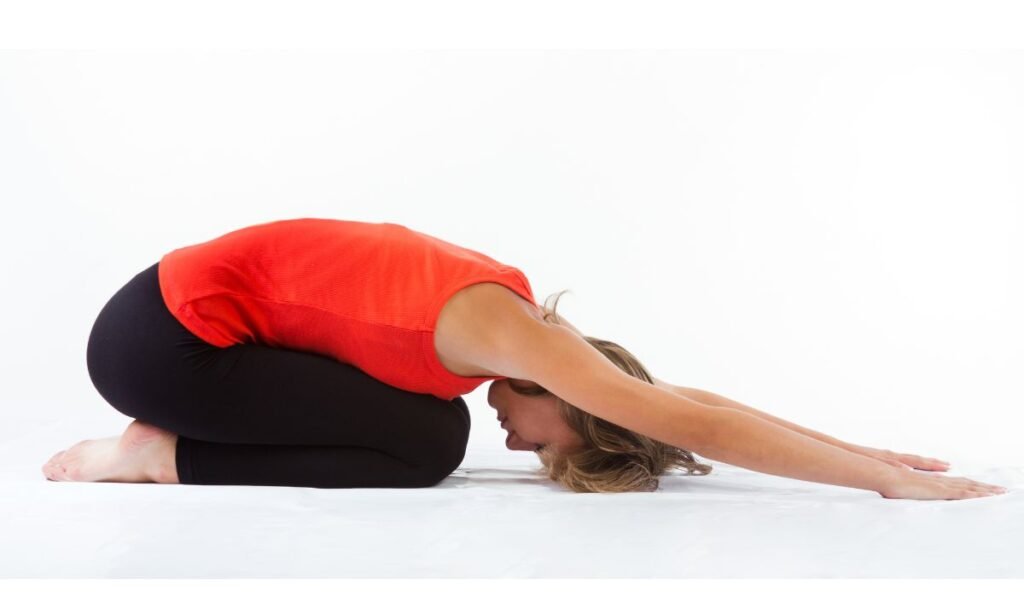
- Why it helps: Gently stretches the back and hips while calming the mind.
- How to do it: Sit on your heels, stretch your arms forward, and rest your forehead on the mat.
2. Cat-Cow Pose (Marjaryasana-Bitilasana)

- Why it helps: Links breath with movement, reducing tension in the spine and promoting relaxation.
- How to do it: On all fours, inhale and arch your back (cow pose), then exhale and round your spine (cat pose). Repeat slowly.
3. Legs Up the Wall (Viparita Karani)
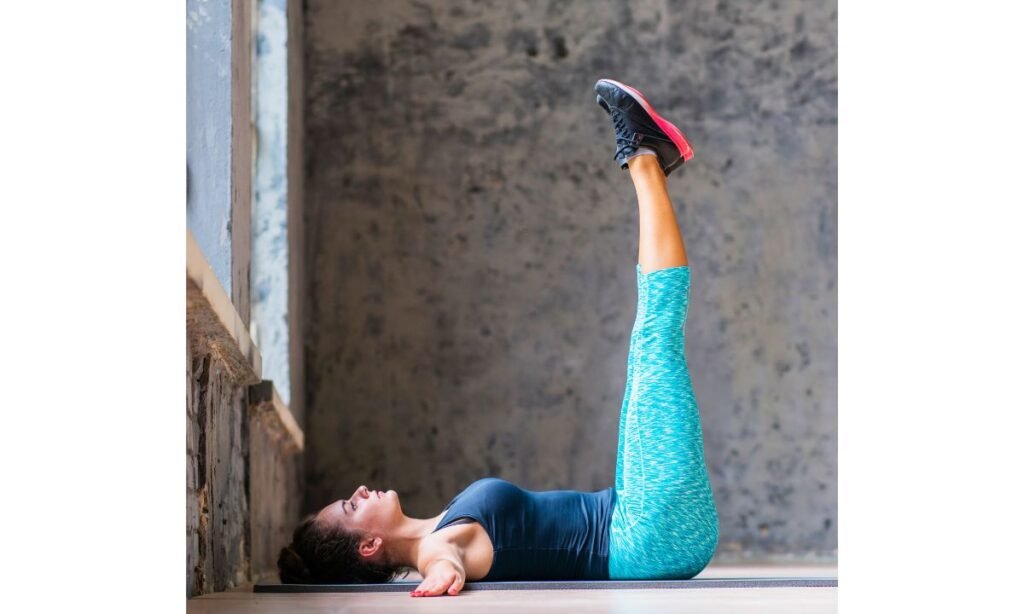
- Why it helps: Increases circulation, calms the nervous system, and reduces stress.
- How to do it: Lie on your back and rest your legs up against a wall.
4. Standing Forward Bend (Uttanasana)
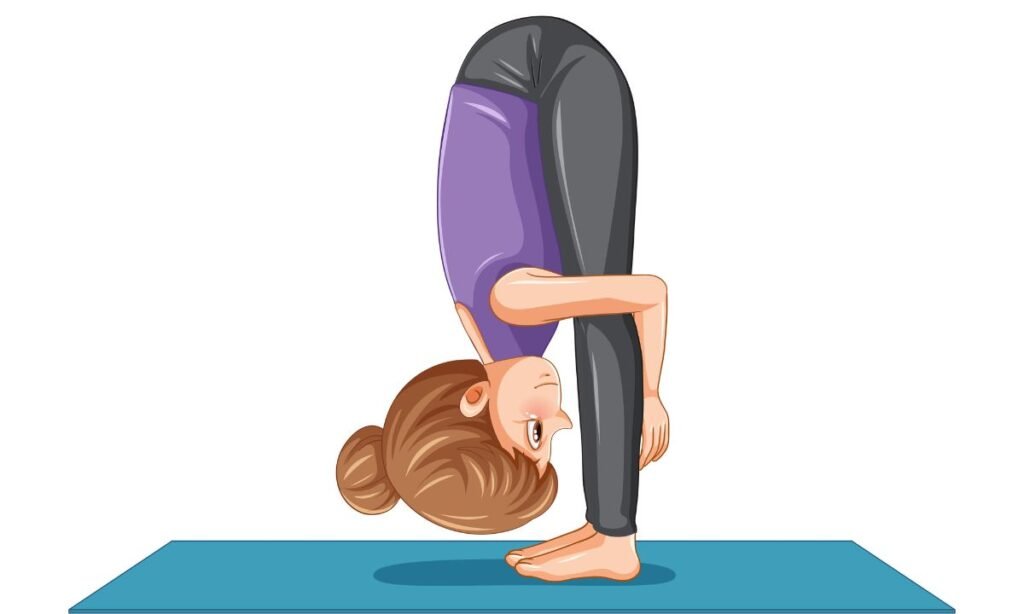
- Why it helps: Releases tension in the back and hamstrings while soothing the nervous system.
- How to do it: Stand with feet hip-width apart, fold forward, and let your arms hang.
5. Corpse Pose (Savasana)
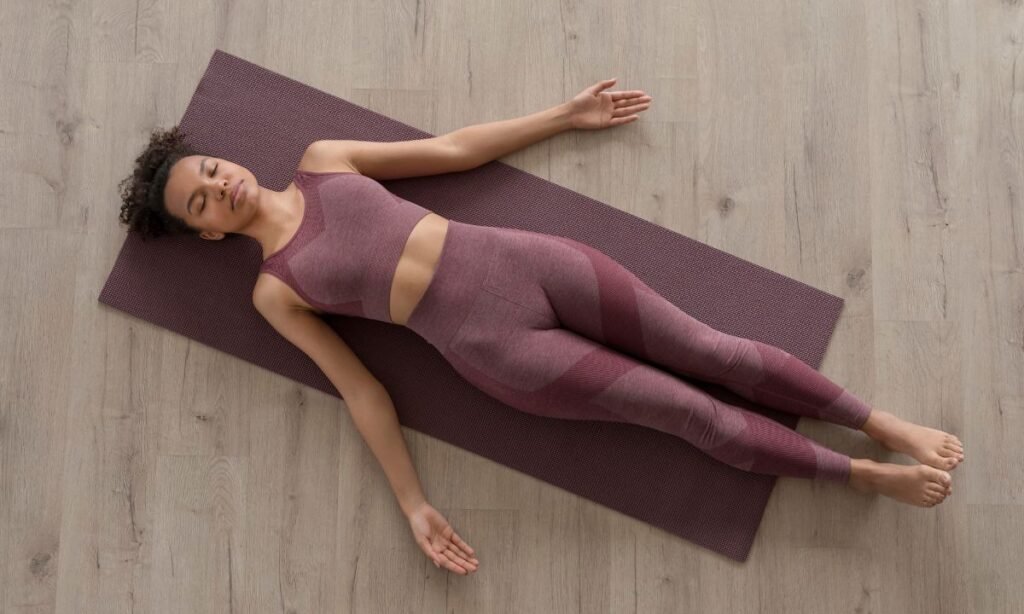
- Why it helps: The ultimate relaxation pose that helps reset your mind and body.
- How to do it: Lie flat on your back, arms relaxed by your sides, and focus on your breath.
Readmore: Yoga: How to Reduce Your Environmental Impact
Readmore: How Yoga Helps with Anxiety: 12 Calming Poses
How to Make Yoga a Daily Habit
Now that you know the best poses, let’s talk about making yoga a habit that sticks.
1. Start Small
- You don’t need an hour-long practice. Even 5-10 minutes a day can make a difference.
2. Find a Style You Love
- If you like slow and gentle, try Yin Yoga.
- If you need energy, try Vinyasa or Power Yoga.
- If you want deep relaxation, go for Restorative Yoga.
3. Pair Yoga with Breathwork
- Deep belly breathing (Diaphragmatic breathing): Inhale deeply into your belly for 4 seconds, hold for 4, and exhale for 6.
- Alternate nostril breathing (Nadi Shodhana): Breathe in through one nostril, and out through the other, to create balance.
4. Practice Yoga in the Morning or Before Bed
- Morning yoga energizes you.
- Evening yoga helps you unwind and sleep better.
My Personal Experience: How Yoga Saved Me
I’ll be honest—when I first started yoga, I wasn’t convinced it would help. But after a few weeks, something changed.
I felt lighter. I felt calmer. I was no longer drowning in my thoughts.
Instead of waking up with a racing heart, I woke up feeling grounded. Instead of spiraling into anxiety, I learned to pause, breathe, and let go. Yoga became my therapy, my safe space, and my biggest healer.
FAQs
Q1. Can yoga completely cure anxiety?
Yoga is a powerful tool for managing anxiety, but results vary from person to person. It can significantly reduce symptoms, but a holistic approach—including therapy and lifestyle changes—may be necessary.
Q2. How often should I practice yoga for anxiety relief?
Even 10-15 minutes a day can make a difference. Aim for at least 3-5 times per week for noticeable results.
Q3. Do I need to be flexible to do yoga?
Not at all! Yoga is about movement, breath, and mindfulness, not flexibility.
Q4. Can beginners do yoga for anxiety?
Absolutely! Start with simple poses and gradually build up as you feel comfortable.
Q5. Is meditation necessary with yoga?
While not required, meditation enhances the benefits of yoga by helping you develop mindfulness and emotional resilience.
Readmore: How to Perfect Runner’s Lunge Yoga Pose
Readmore: Bound Angle Pose (Baddha Konasana)
Ready to Begin?
Grab a yoga mat, take a deep breath, and start today. Your healing journey begins now.

Sonu is a passionate yoga teacher with over 6+ years of experience helping individuals find balance, strength, and inner peace through the transformative power of yoga. As the creator of Pure Yoga Vibes, Sonu shares expert insights, inspiring practices, and a wealth of knowledge to support your wellness journey. Dedicated to creating a space for growth and mindfulness, Sonu’s mission is to make yoga accessible and enjoyable for everyone. For inquiries or collaborations, feel free to reach out at contact@pureyogavibes.com.
